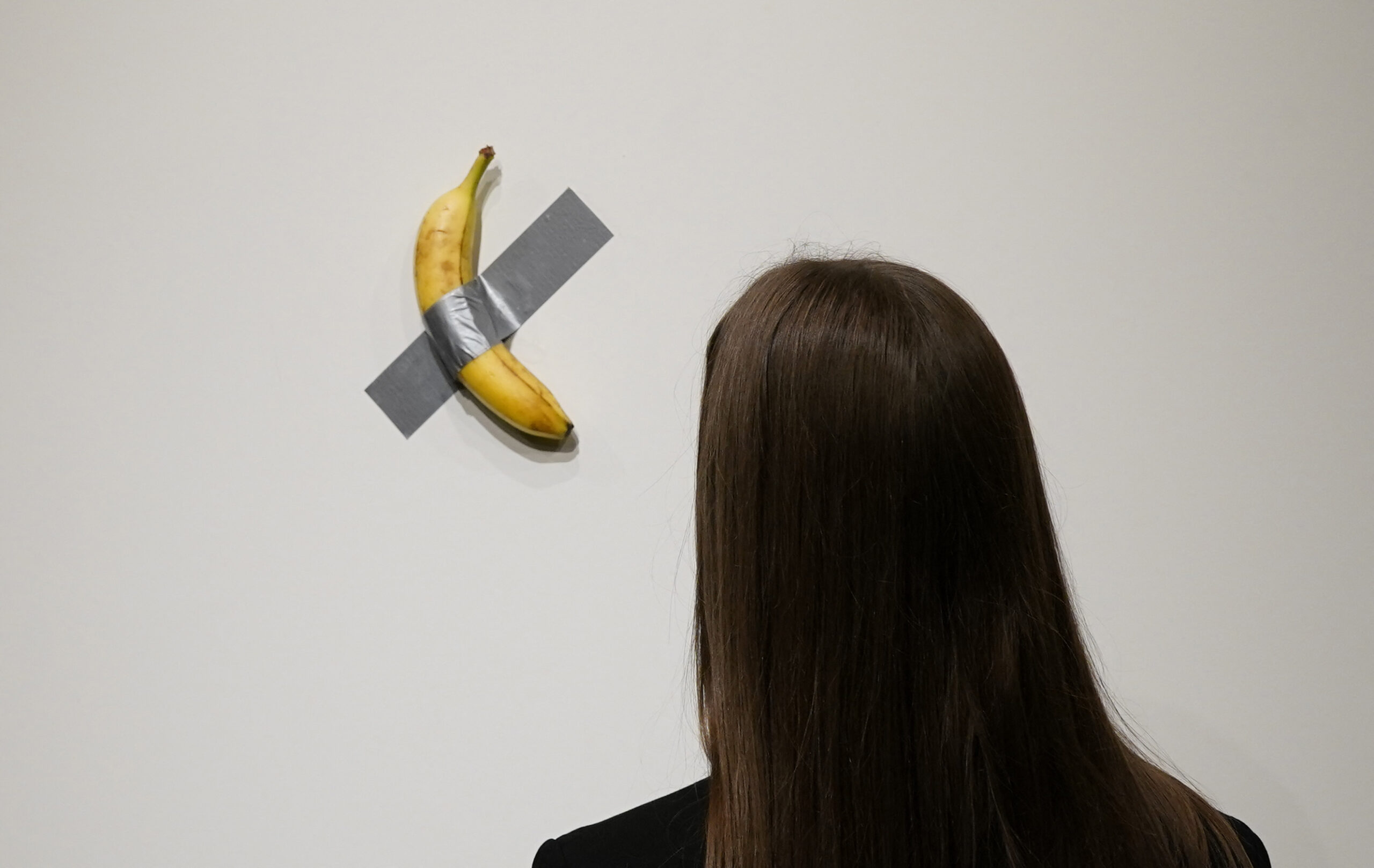(First of two parts)
After reading my column last week on the harmful effects of sleeping at night with the lights on, a patient related to me a problem with her 9-year-old son, who’s so afraid of the dark that he can’t sleep with the lights off.
Up to now he still wets his bed. Apparently, the son’s yaya (babysitter) used to frighten him with stories of scary creatures like ghosts and aswang.
It’s sad that even parents sometimes use this scare tactic to make their kids go to bed early, or else, “the moomoo” (ghost) or monster would come to get them. Sometimes, they would even feign seeing the monster in the closet and describe it to their children. They would assure their kids that they had killed the monster or driven them away—but they might come back if the kids don’t behave or sleep early.
Such mindless tactics can have a double-whammy effect on children, whose imaginations can make these stories seem real in their minds. They believe everything adults tell them, especially their parents or their yaya.
The first whammy is, the secretion of melatonin in the children’s pineal gland will be impaired and since melatonin is a multitasking hormone, there can be complications in the child’s development. It may predispose the child to cancer later in life or even at an early age.
Impaired secretion of melatonin may also be a reason why child actors and actresses are at risk of not attaining full physical development. Their growth might also be stunted, so children should not be made to work at night.
The second whammy—a much more serious one—is the long-term psychological consequences on a child whose fear of the dark was exaggerated.
Scars
“Instilling undue fear in children can cause damaging psychological scars in the long-term,” warns Dr. Bess de Guia, a member of the very active Batch ’77 of the University of Santo Tomas (UST) College of Medicine, and a respected psychiatry consultant at The Medical City (TMC).
“Such fear may be the root cause of problems like post-traumatic stress disorder, panic attacks and anxiety disorder,” Bess explains .
“The common psychological effect is chronic phobic reaction, which may extend to adolescence and beyond,” adds Dr. Nina Halili-Jao, another member of UST Batch ’77 and a child psychiatrist at TMC.
According to Bess and Nina, when fear of the dark reaches a degree that is severe enough to be considered pathological, it is called nyctophobia or achluophobia, one of the most common phobias in both children and young adults.
The two psychiatrists explain that such fear, which can conjure images of scary creatures lurking in the dark, can leave a deep, negative imprint in the child’s subconscious or unconscious mind that can have a lasting effect on his or her mental health until adulthood.
Parents who scare their children to discipline them are unwittingly causing them potentially serious harm if not resolved or “processed early enough.”
Bess shares her own experience: “When I was around 3 or 4 years old, I had my own traumatic experience. Every time there was a bumbay—the white bearded Indian man with a white headdress—around our neighborhood, my yaya and elder siblings scared me off with words like, ‘Hala, kakainin ka niya nang buhay pagtulog mo.’ (He will eat you alive when you sleep).
“Whenever I saw the bumbay, I would hide,” says Bess. “My heart would beat so fast, my face would be ashen with intense fear. At night, I would imagine him in the dark. Fortunately, with my parents’ comforting care and assurance that my yaya was just kidding, I overcame my fear.”
Defense mechanism
Fear of the dark is actually an evolutionary instinctive defense mechanism of humans, which protected ancient men from nocturnal predators. So, somehow, it’s hardwired in our brain to be wary of the dark.
“This is actually part of our survival mechanism, similar to the ‘flight or fight’ response,” Bess explains. She says that one generally outgrows this fear, but when exaggerated in childhood, it becomes a lasting phobia.
The bed-wetting of our patient’s son is most likely related to his extreme fear of the dark, Bess says. “Bed-wetting is a common disorder among children with psychological problems. They may also be other causes of post-traumatic stress disorder, triggered by the child’s exaggerated fear of the dark.”
Aside from bed-wetting, other symptoms may include tantrums and screaming, thumb-sucking, feeling cold, regression to baby talk, refusal to sleep without a light on, nightmares and wanting to sleep with parents.
Older children and adults may develop some of the following physical and psychological symptoms: hyperventilation (shallow, fast breathing when tense); chest pain, palpitations or feeling choked; getting tired easily; appetite problems (poor appetite or binge eating leading to obesity), ands feeling cold, shivering or shaking.
The unresolved nyctophobia can expand to other psychological and emotional problems: an inferiority complex and over-consciousness of how one looks; pessimism and depression (always thinking about getting sick or dying); obsessive-compulsive traits like repeated checking of places in the house for imagined monsters, or checking several times if the doors are locked; refusing to go out after dark, or into dark places or rooms; frequent awakening at night or insomnia; sleeping with a light or television on, and problems with school or work due to poor concentration.
Next week: Treatment of children and adults with exaggerated fear of the dark
Dr. Bess de Guia and Dr. Nina Halili-Jao hold clinic at the Richmonde Plaza Hotel, Ortigas Center. Call 6333893 and 09178479561.












































